All about ventilation for the bathroom
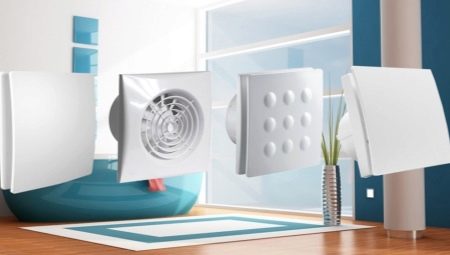
Knowing everything about ventilation for the bathroom, it is easy to avoid many mistakes and shortcomings. It is critical to understand how specific options and models differ. It is no less important to know what this or that characteristic means and what is the general role of ventilation systems.
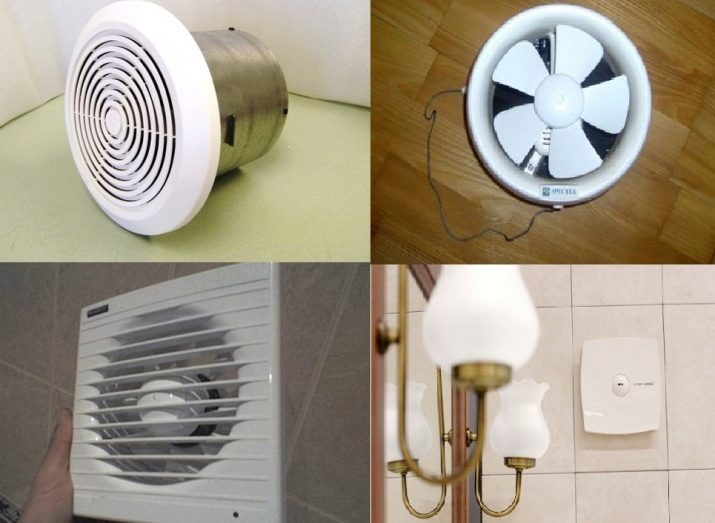
Appointment
The practical importance of ventilation in the bathroom is enormous. If it does not work well, mold may develop.
Only the timely removal of overheated humid air allows you to avoid the appearance of condensation under the ceiling and on the walls.
Just where condensation appears, mold nests soon form. Redecoration will only temporarily fix the problem, but will not completely solve it.
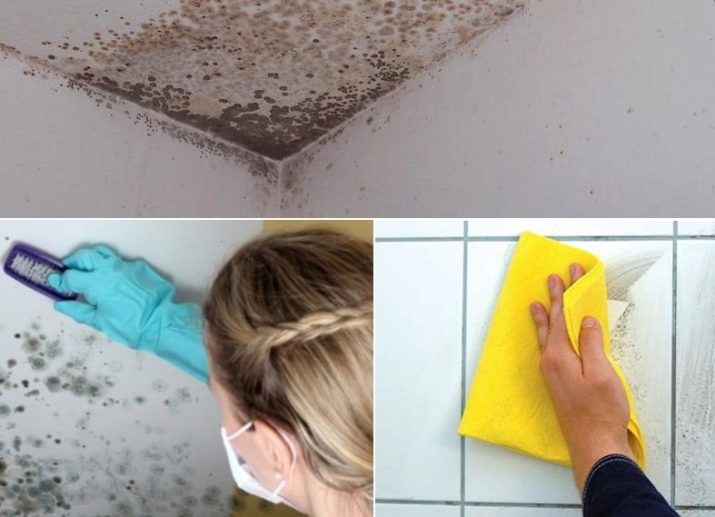
Also, in case of poor-quality or improper ventilation:
- the air is oversaturated with harmful substances;
- the concentration of carbon dioxide is increasing;
- there is a feeling of musty and dampness;
- dust and other allergens accumulate;
- the tone of the body worsens;
- apathy appears and overall performance decreases;
- weakened immunity;
- due to the appearance of condensation, tiles glued to the plasterboard substrate may come off.

System design
A modern ventilation grill with a fan is more efficient than traditional mechanical ventilation. Professionals believe that performance must be at least 20% higher than the calculated air flow rate... A mechanized system may not always be equipped with optimally positioned fans. Then their capacity should additionally increase by 2-3 times.
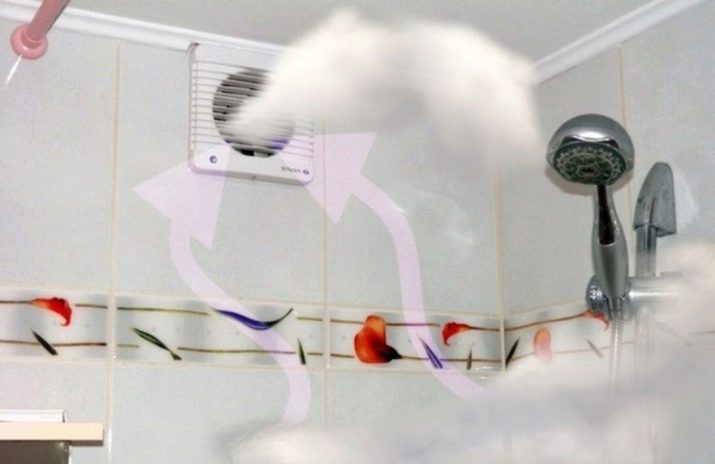
Additional openings are necessarily provided through which the air flow will flow.
Most often, this role is played by the gap between the floor and the door (yes, this is also a full-fledged part of ventilation systems). In other cases, special grilles are mounted at the bottom of the door. But drilling holes yourself is recommended only as a last resort. Such a performance is not very attractive from the aesthetic point of view.
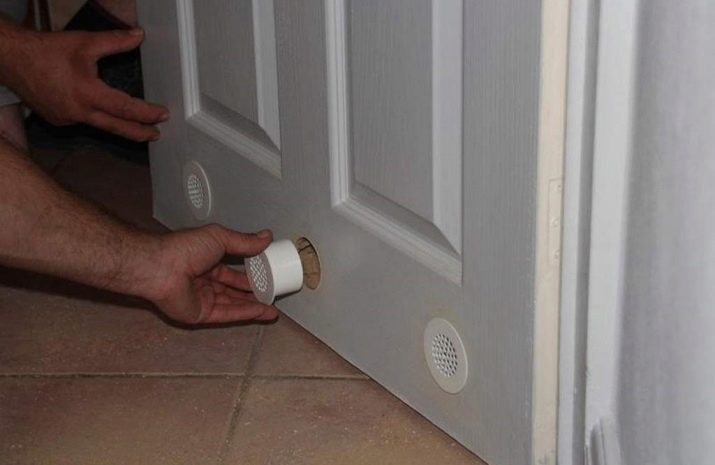
The difference in the ventilation device is also associated with the type of exhaust fan, which provides air discharge into the outflow channel.
For forced evacuation of air, an axial or radial ventilation device can be used. The axle system is cheap and relatively powerful. However, its characteristic drawback is excessive volume during operation. An electric motor is used as a drive. The grate is more often used not at the outlet, but at the inflow; this device is responsible for the distribution of air flows.
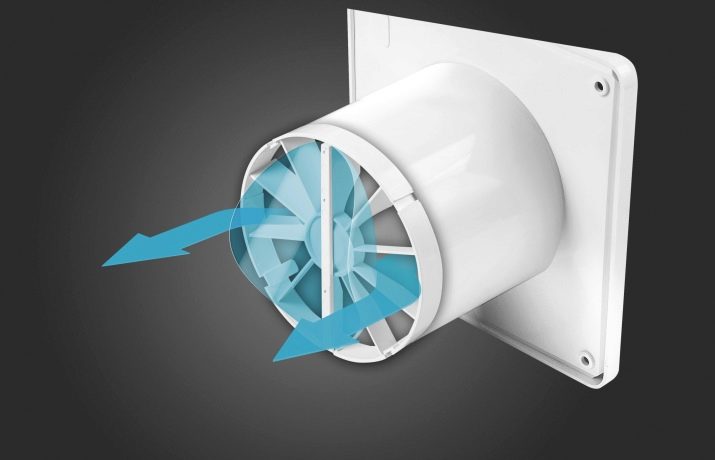
Various types of grilles are mounted:
- in the ceiling;
- in the wall;
- in the floor;
- as a stand-alone design (this is the option that dominates in the bathrooms).

A more perfect version of the classic grille is the diffuser. Its technical capabilities and design are much better than those of the “progenitors”. Some of the diffusers work exclusively for supply, extract or as part of a conditioning circuit. In private houses, ventilation systems are sometimes equipped with air heaters (if the circuit is directly connected to the street). It helps to avoid the release of the discharged dirty air into the room. equipping ventilation with a non-return valve.
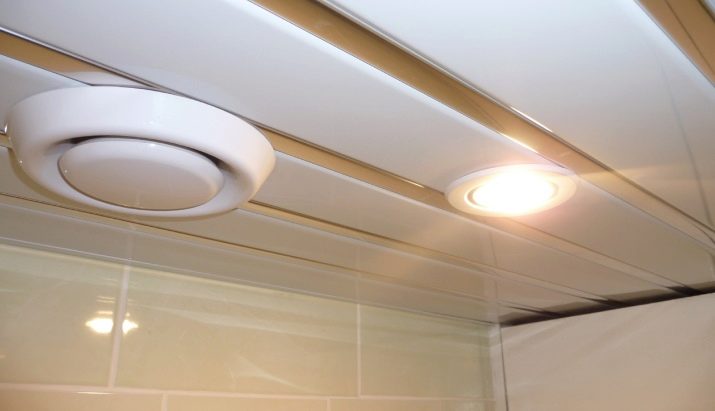
Ventilation requirements
Even in multi-storey buildings, ventilation systems do not always cope well with the arising load. In a private house, knowledge of the requirements for such complexes is even more relevant, especially at the design stage. The ventilation performance of the bathroom is of key importance. It is characterized by how much air can be moved in an hour. The necessary requirements are given in SNiP.
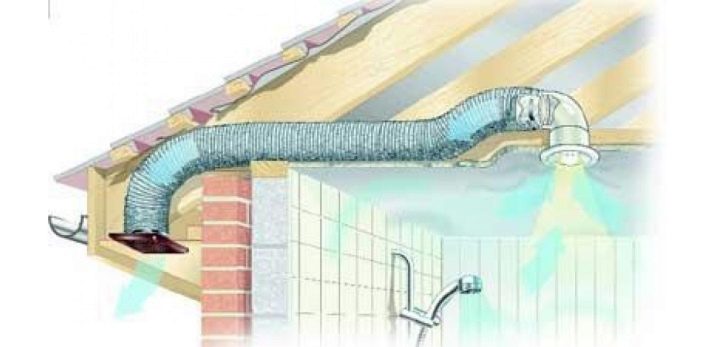
There are two norms: 41-01-2003 (dedicated to heating, ventilation and air conditioning) and 2.08.01-89 ("Residential buildings"). Russian official standards prescribe the use of forced draft wherever daily ventilation and other natural ventilation options are lacking. The normal air flow from the living area should be at least 25 cubic meters. m in 60 minutes. In this case, the size of the bathroom can hardly be taken into account. But the smaller it is, the more pronounced there is stagnation of air and moisture after each wash (bathing, washing).

But you also need to take into account that the authors of SNiP proceeded from the fact that the entire apartment or other housing should be considered as a monolithic whole, and not just the sum of disparate premises. Therefore, designers and architects each time are forced to solve the so-called air balance equation. The amount of inflow must correspond to the amount of outflow. If this rule is violated, the consequences will inevitably be unpleasant.
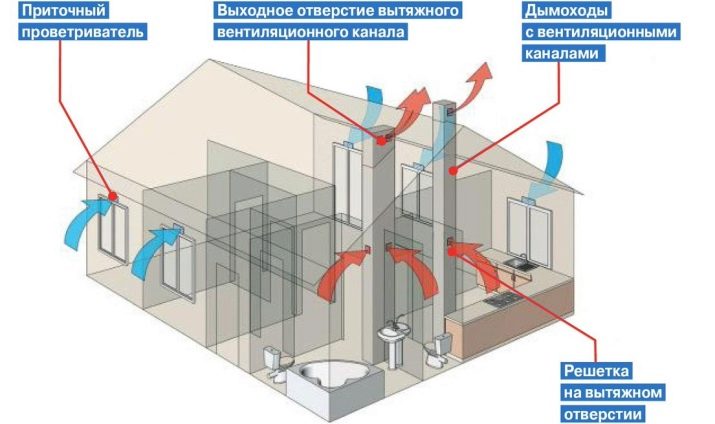
The most rational general approach involves accounting for:
- sanitary standards (according to the number of inhabitants);
- the frequency of air exchange with the external environment;
- typical indicators per unit area (of these three values, the largest indicator is chosen for optimal comfort).

However, the ventilation requirements do not end there. The volume of the sound generated by the hood must also be taken into account. The noise will spread both directly through the air and through the cavities of the ducts, and along the supporting structures.
In addition to sound, vibration indicators are also normalized, because it also negatively affects the residents of the house - psychologically and physically.
The required indicators are given in the technical data sheets of the ventilation equipment. It should be borne in mind that in some cases the volume is given directly at the device, and in others - at a certain distance from it.Therefore, it is categorically impossible to compare these figures directly.

Additionally taken into account:
- maintaining the humidity level;
- the degree of air purification;
- the number of delayed allergens;
- air speed;
- maintenance of temperature (heating or cooling of air streams).
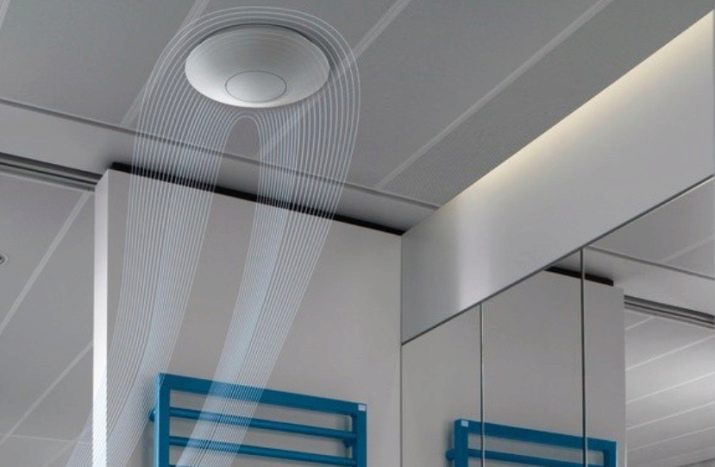
Views
Natural
In order for air exchange to comply with the norm, only two conditions are needed: optimal inflow and optimal outflow. The natural flow of air is created due to the wind pressure, temperature differences in individual parts of the house. Such movement does not require any additional expenditure of energy. Therefore, the popularity of natural ventilation systems is understandable. But for bathrooms, they are, no matter how anyone wants the opposite, purely auxiliary in nature.
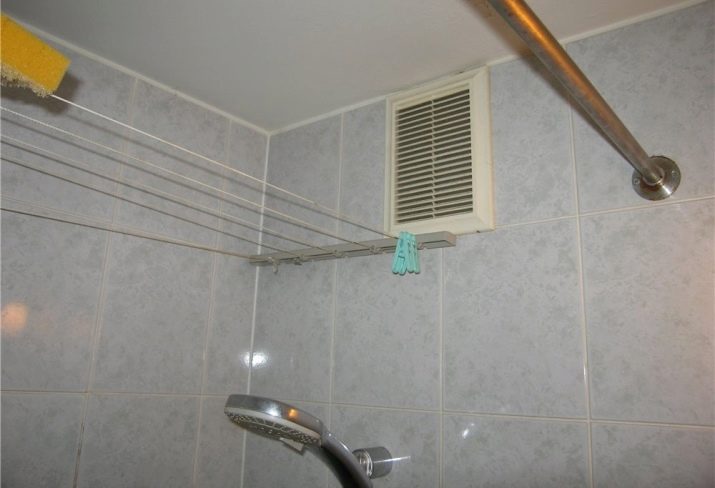
The fact is that normal natural air movement is ensured only with very large sizes of the constituent elements and the entire complex as a whole. It is extremely difficult to place the required details in a house, especially in a small apartment. The reason is simple: the low speed of air passage through the channel by gravity forces the channel diameter to increase excessively. Such a requirement is clearly formulated both in SNiP and in similar regulations of other countries.
The conclusion is simple: the natural ventilation regime in the bathroom and toilet cannot be the main one.
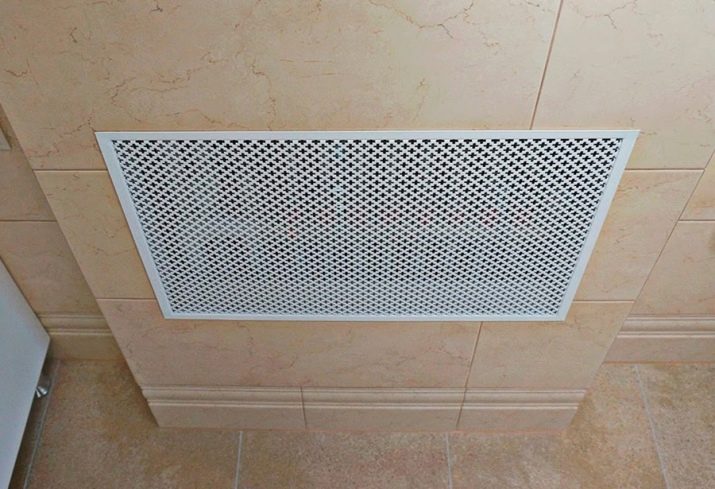
And yet there is an exception to the rule. Natural ventilation is quite rational where the total area of housing (together with non-residential premises) is 100 sq. m or less. But in houses where channels specially designed by professionals are brought out to the roof, fans must be installed in the bathrooms.
When creating natural ventilation, you need to remember the main rule: it works effectively only when air flows into technical rooms (and not into living rooms!), from where this air must go through the designated channels.
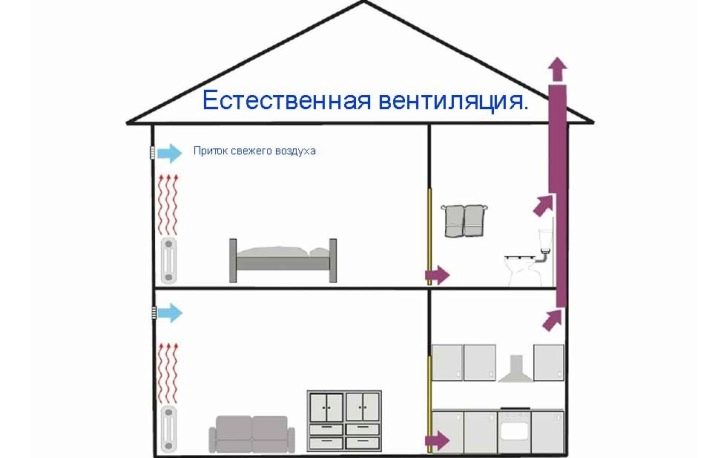
The real application of "simple" ventilation is complicated by other factors. For example, it is worth placing an interior door somewhere that does not even reach the floor, and the flow immediately weakens. Problems are caused by sealed windows, impervious steel doors, and air-tight insulation.
To ensure at least some natural air flow, micro-ventilated windows must be used.
In all technical rooms, not excluding the bathroom, doors are installed with a lower gap of at least 0.02 m.
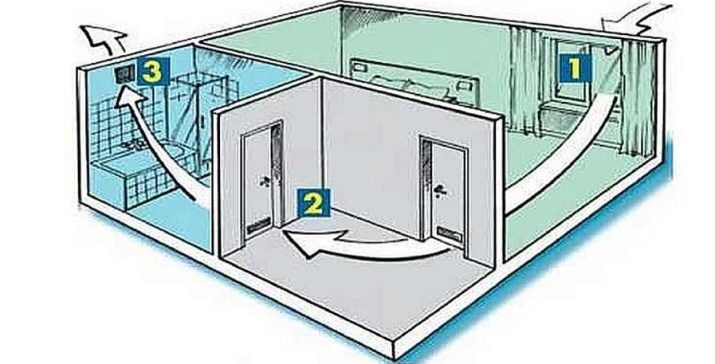
A more rational and modern solution is special grids or valves. Unlike crevices, they will not let in extraneous odors. Some valve models even suppress the propagation of extraneous sounds. It is very useful to calculate natural ventilation, even if it seems that it completely copes with its task. It is equally important, however, to link the natural and artificial systems into a single whole even at the design stage.
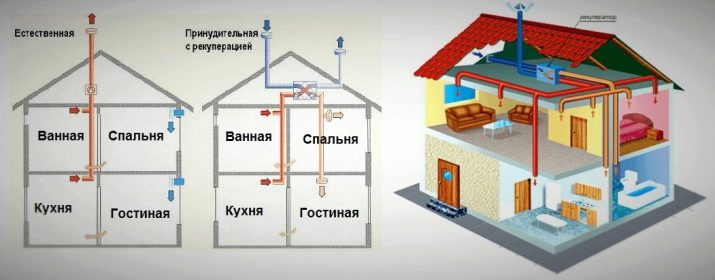
Forced
All hoods are divided into 2 large groups: simple and automatic. The difference is not only in design and price, but also in additional element base. Normally, at least 25 cubic meters should be supplied to the bathroom. m of fresh air per hour. For combined bathrooms, this figure is twice as high.
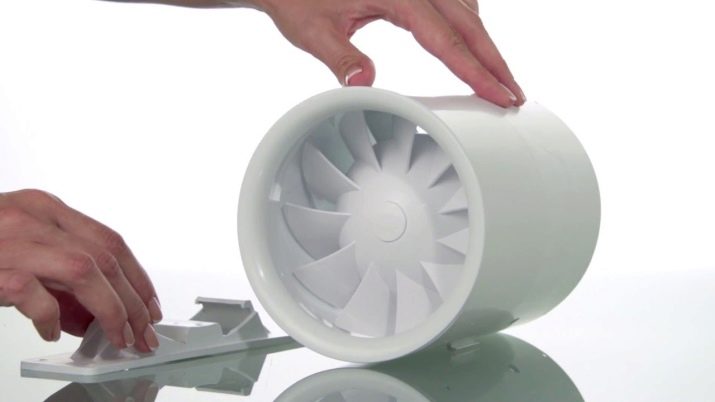
The “simple” type is an electric fan located inside a plastic tube. Such fans can be located separately or built into the ventilation circuit itself. The choice between these options is determined by a number of technical nuances and subtleties.
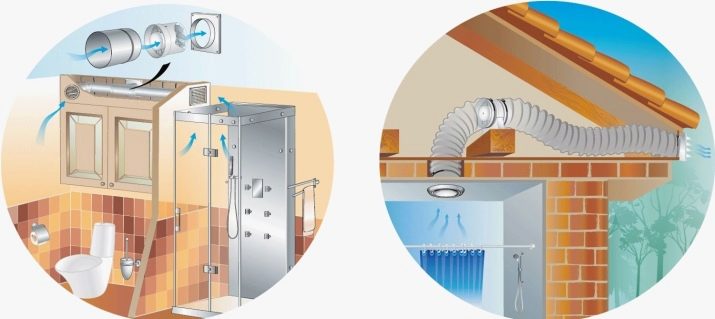
But anyway automatic hoods are preferred. Easier to exploit... And people will have to interfere less often with the operation of the equipment.
In many cases, ventilation starts as soon as the bathroom switch is pressed. This is convenient, but not always practical. After all, the need for airing during ordinary hand washing and taking a bath is very different.Therefore, more and more often there are cases when a separate button is intended to control the fan. It is placed next to the switch button.

The electric hood is sometimes equipped with:
- timers;
- special lighting;
- moisture meters.

In private houses, they usually try to install fans with diffuser control on the inlet. A non-return valve is also a useful option. But it is recommended rather for those living in a high-rise building, where it is very important to stop smells coming from other apartments. In any case, they try to choose the most compact devices for private use. Even if the bathroom area is large, bulky devices are unlikely to make the room more harmonious and more pleasant.
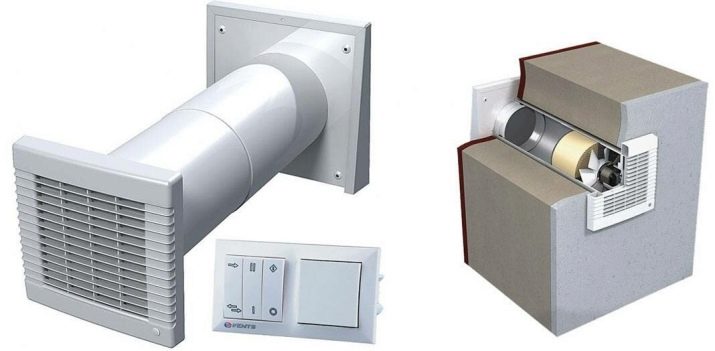
Ideally, the fan design should match the finish design. It is equally important that it is the same size as the ventilation duct. Wall fittings cover the opening and do not allow over-swinging of the blades. Duct fans are selected in such a way that they tightly "penetrate" into the air passage.
Sometimes it becomes necessary to widen the hole; in order not to remove and cut through the same ceramic tile, you need to install a fan at the initial stage of a major overhaul.

When using a stretch ceiling, there can be a rather large gap between it and the rough surface. This greatly complicates the normal operation of ventilation. Comes to the rescue ceiling ventilation grill... It is carried out in such a way as to maintain an attractive design and at the same time avoid the penetration of harmful insects and rodents into the house.

The grilles can operate both for inflow and outflow of air (depending on their design). But before installing such devices, it is worthwhile to draw up a diagram of the location of the diffusers in advance. The very installation of gratings for forced and natural ventilation is the same. Both them and the diffusers are placed in a stretch fabric layer. This solution guarantees optimal air distribution.
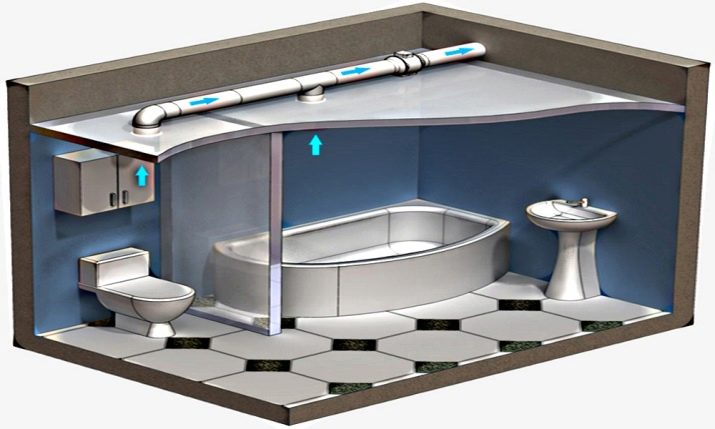
Many people are also interested in this question: can forced ventilation be silent. The answer is yes: modern fans can run very quietly. Some sound will still be generated, but its volume will not exceed 25 dB. This roughly corresponds to a very quiet whisper, and even with highly sensitive hearing at a distance of more than 1 m, it is almost not perceived. Electric motors are installed the same as on "loud" counterparts, but they are fixed in a significantly different way.

Extra strong hold to reduce vibration and improve room ambience... Additionally, increased wall thickness is provided. And one more thing - good quality, carefully tested bearings are used. It is easy to understand that such design solutions increase the total cost of the device, sometimes several times. But a quiet and calm life is well worth such a surcharge.
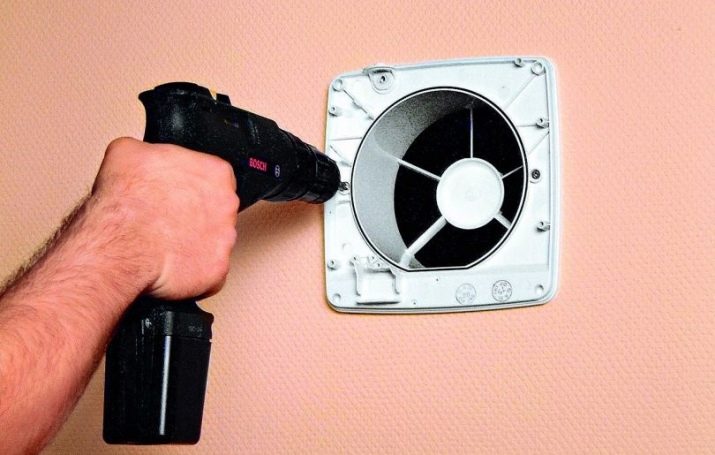
Some complexes run on batteries. The advantage is obvious - such ventilation systems do not require mains power. The minimum voltage also allows for much greater electrical and fire safety. The minus is also quite understandable: the batteries have to be systematically replaced. And you will have to do this quite often, because the fan consumes a lot of energy.
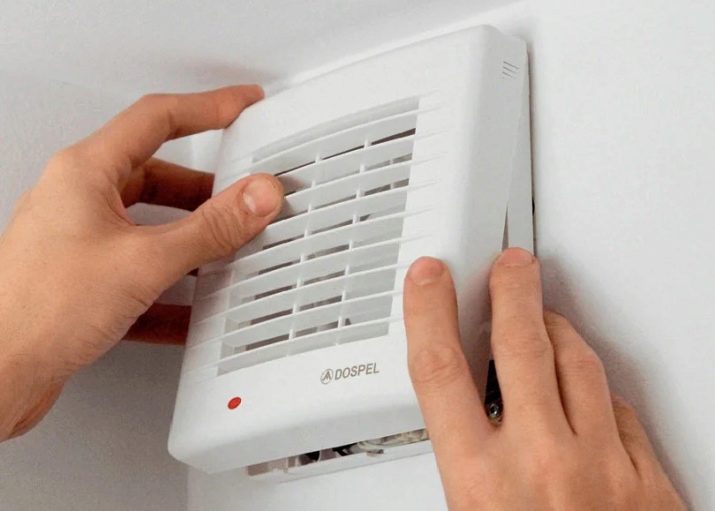
Additional functions
Equipping the fan with a humidity sensor in the bathroom is quite logical. Such devices allow ventilation to work automatically, without human intervention. With active use of the room, the humidity rises rapidly, and activation of the sensor allows you to immediately start the hood. When the microclimate is normalized, the device automatically turns off.
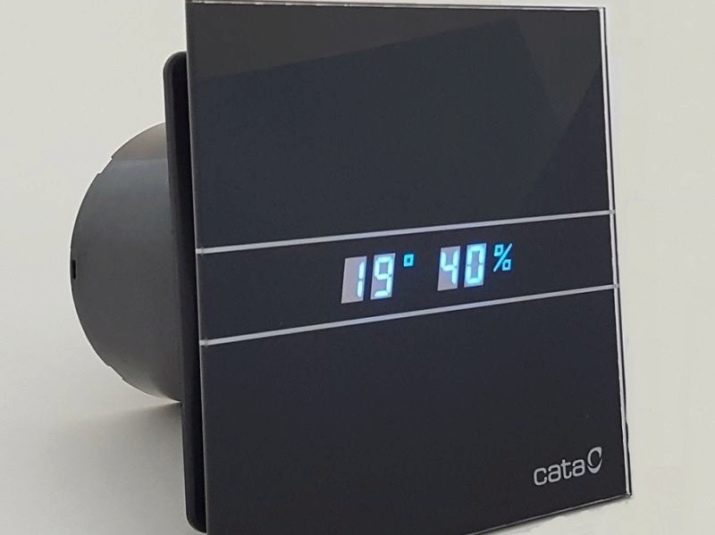
Some ventilation systems are also equipped with motion sensors.
True, many experts question the feasibility of such a decision.Starting with every movement is not always convenient.
Even switching off after a while does not always help. After all, a lot of energy is spent anyway.
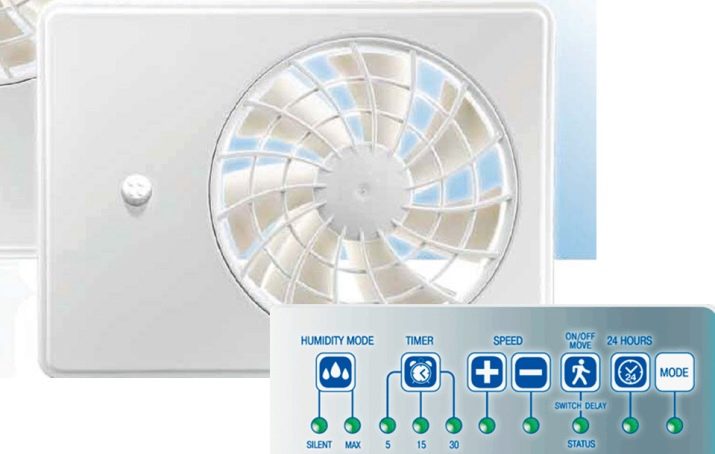
But the power control option is much more useful. It allows you to reduce the current consumption. Some models have the option of continuous ventilation. The bottom line is simple - the hood will work without interruption, but at minimum speed.
The speed increases only when the air humidity rises too much. Timers ensure operation for a set time after using the bath; devices start and stop automatically, without user intervention.
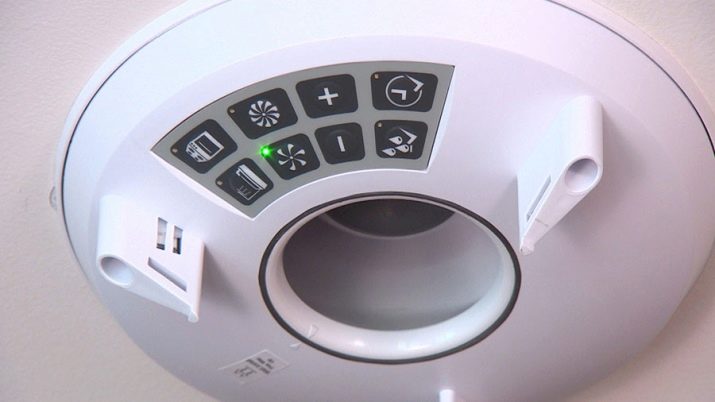
Very useful for tracking time fans with a clock on the panel. The solutions with control panels are also attractive. Controlling the hood from a distance, even while lying in the bath itself, is popular with many people. This option is especially important when the fan is placed in hard-to-reach places. The choice of a specific "filling" depends on personal needs.
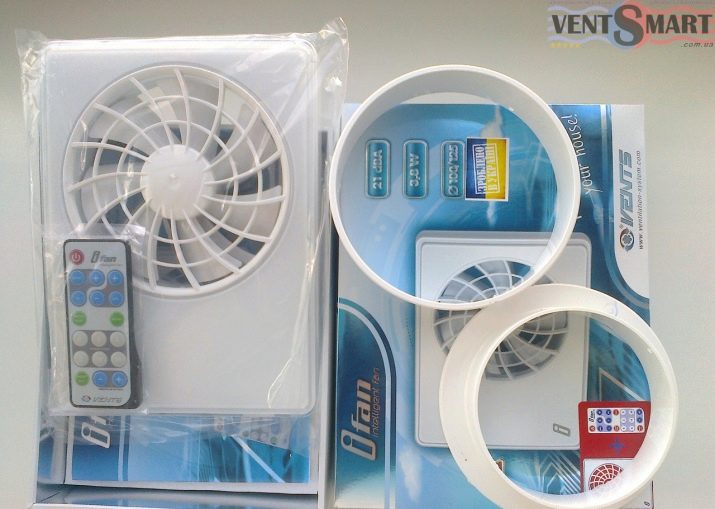
Hood selection criteria
Choosing the right hood for a private house and for an apartment is not so difficult. However, only flawless equipment should be used. Take into account:
- the complexity of a particular system;
- internal volume of the room;
- the intensity of its use.
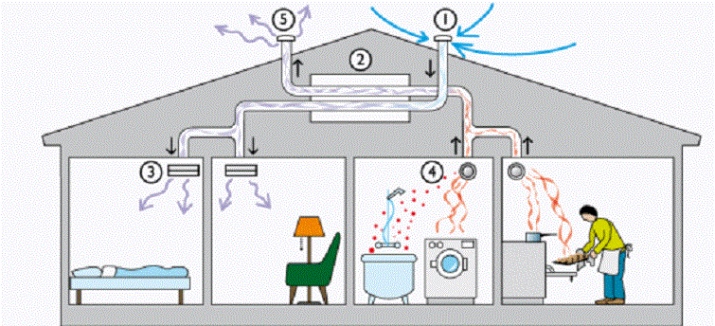
Naturally, you need to make a choice in favor of the products of firms with an impeccable or at least just a good reputation. It is imperative to find out all the nuances of warranty service and service capabilities. Studying reviews is no less important.
It is much better if trained specialists of the trading organization undertake the installation and connection of equipment.
If the company does not provide any such services, this characterizes it from the negative side.
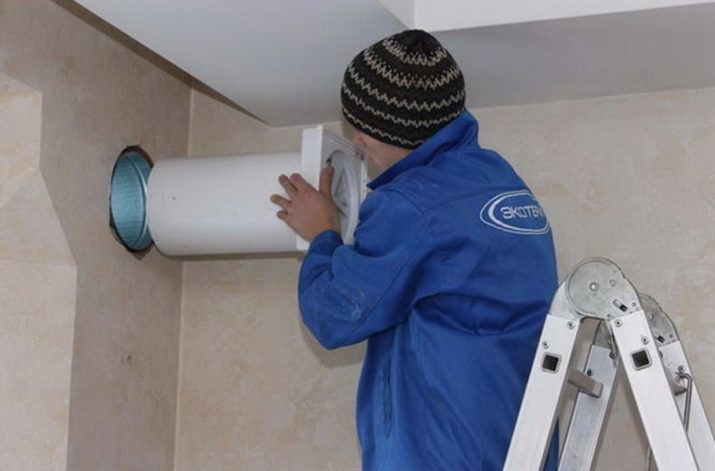
Small axial fans are often used in bathrooms and toilets. Their productivity is not very high (from 60 to 250 cubic meters), but in most cases this is enough. To put the device in the ventilation duct, you will have to select it according to the exact shape and complete closure of the duct. Normally, only a decorative grille is located outside. Its appearance is chosen in accordance with the interior of the room.

Because in the bathroom, ventilation equipment will necessarily come into contact with humid air, a very high level of electrical safety is required. Only appliances with a protection level of at least IP45 may be used in the bathroom and toilet. This code means that the ventilation will work properly, even if it gets a trickle of water or a lot of splashes.
The performance of the device normally exceeds the volume of the room by 6-8 times. It is impractical to use devices that emit a sound louder than 35 dB.

Both very low and very high prices characterize ventilation equipment from the bad side. Very cheap devices are short-lived, they often fail. Extremely expensive devices are either a number of notoriously unnecessary functions, or an overpayment for the big name of the company.
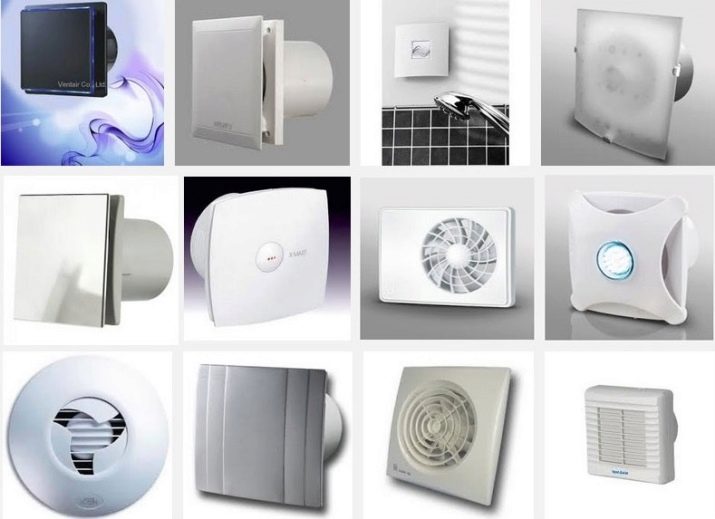
Speaking about specific models, it is worth pointing out that fans are now very popular:
- Electrolux EAF-150;
- Vents 125;
- Era 4C-02;
- Cata E-100.

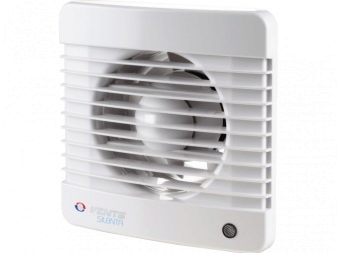
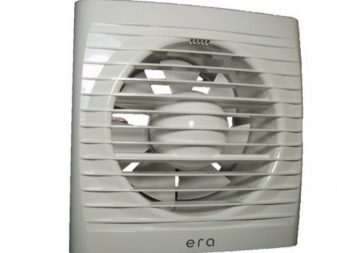

Operating tips
But even the best extracts give a positive result only when used correctly. From the very beginning, the device must be connected to the electrical network in accordance with all the rules. If the hood is equipped with a humidity sensor, the maximum allowable level is indicated immediately. Other settings should also be set immediately after installation. External blocks are systematically cleaned and wiped.
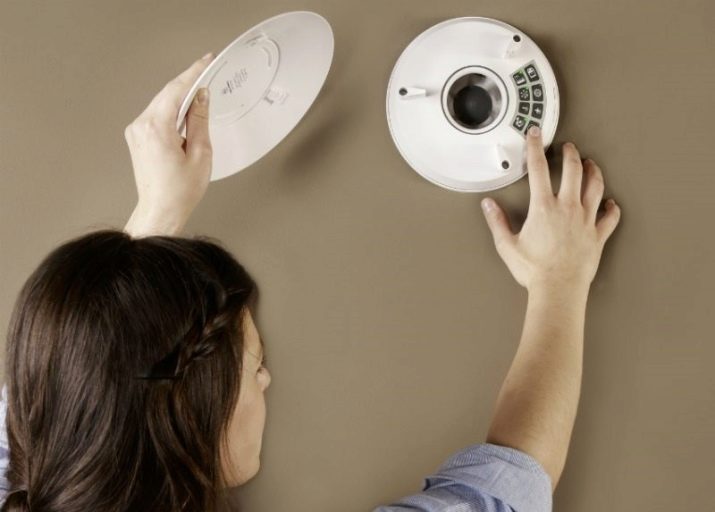
If the air duct is clogged, it must be cleaned immediately. Delaying this procedure can lead to very unpleasant consequences. It is advisable to "help" the ventilation system by keeping the door open for some time after each bath or shower.
The windows in the nearest room must, of course, be fully open.Weak draft often indicates not only clogging of ventilation ducts, but also their complete destruction. We need to check this assumption as soon as possible.
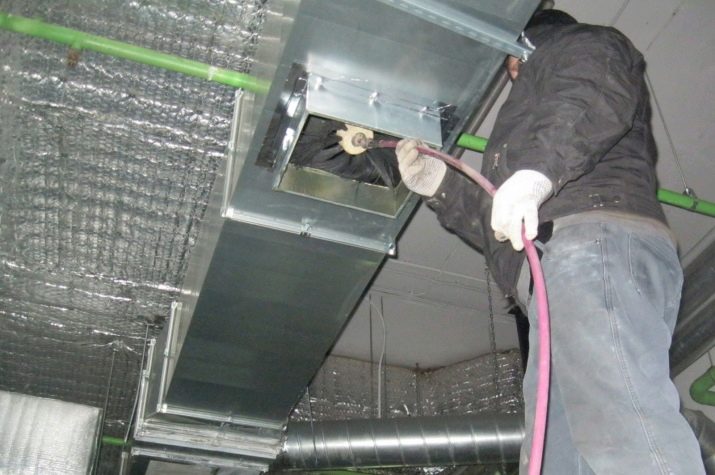
It is appropriate to consider the operation of the hood in more detail using the example of a model Electrolux EAF-150. Other devices are unlikely to have significant differences. The manufacturer strongly reminds that only trained professionals can mount, dismantle and service the device. The appliance must not be placed on unstable, wobbly surfaces.

You need to take care so that no foreign objects get inside the device. If this still happens, the fan must be disconnected from the power, remove the unnecessary and only then start the system again.
The gap between the switch contacts must be at least 3 mm. Do not turn on the hood with wet or dirty hands or use flammable aerosols near it.


It is forbidden:
- expose the fan to the risk of falling;
- allow strong blows to it;
- start the device into operation after exposure to negative temperatures without holding for at least 2 hours under normal conditions;
- set the fan too low;
- use an unsuitable electrical network for connection;
- use untested (with unknown characteristics) mains wires.

The features of installing forced ventilation in the bathroom can be found in the following video.








